When choosing a construction material for your next project, you want to select a framing material that’s strong and durable. Steel framing is just that. Not only is steel framing robust, but when steel framing materials are prefabricated off-site, it can be erected quickly on your construction site.
Let’s take a look at the history of steel framing and how light steel framing is rapidly changing the construction industry.
Timber framing was, for a long time, the framing material of choice. Despite its reputation as an old-fashioned building material, wood was an excellent choice for framing a home or small projects. As timber is one of the few naturally occurring construction materials, it’s relatively non-toxic. Wood used to be widely obtainable; it could be swiftly assembled on-site, saving time, and enhancing the efficiency of projects. Due to supply chain issues, this isn’t the case anymore, pushing the construction industry to look into the use of steel, specifically light steel framing.
But it also has disadvantages as it has structural limitations, fire risks and less of a lifespan. As we know, technologies around us evolve and so we were introduced to steel as a construction material which improves life span, ease of use and sustainability.
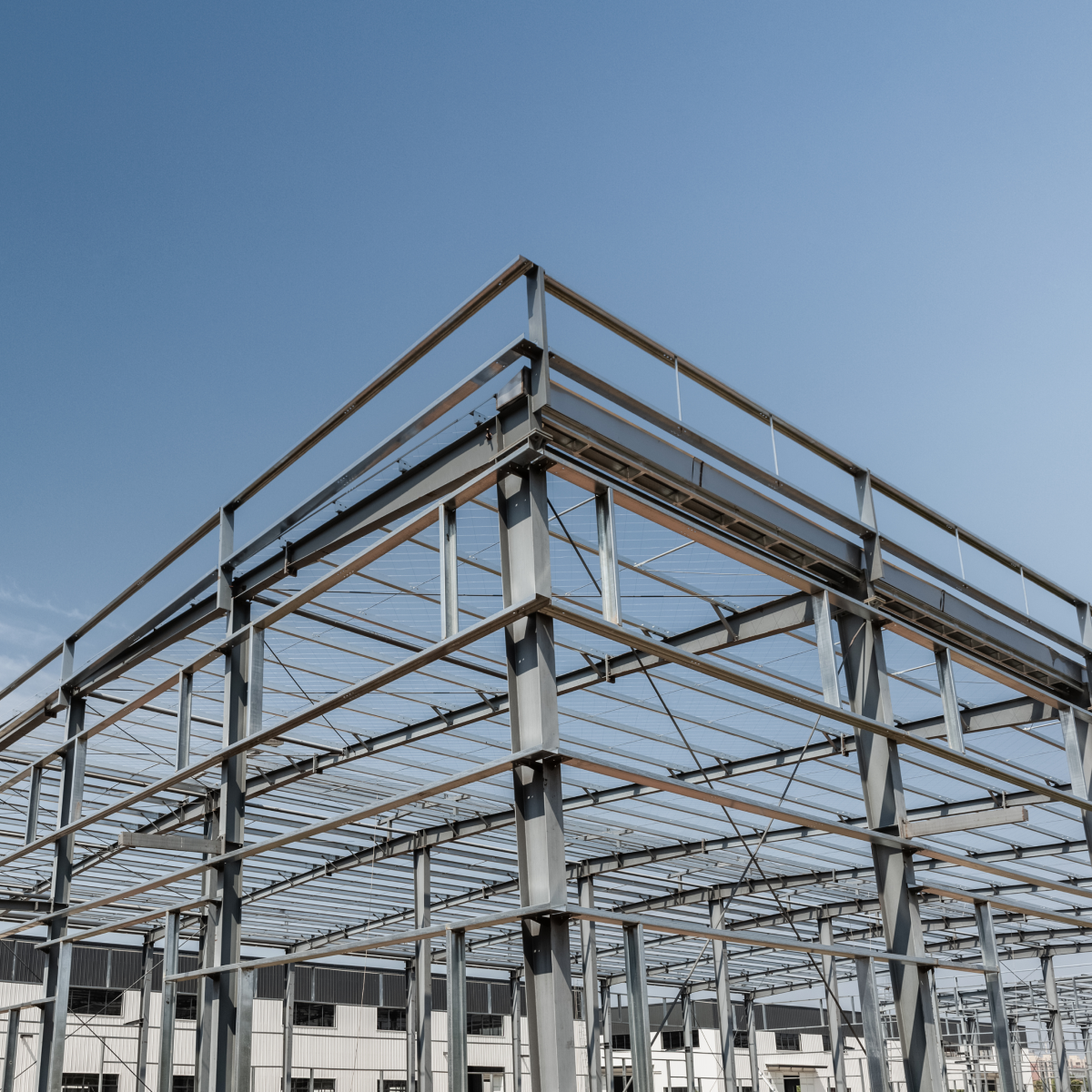
The frame of a structure is its backbone and so it must be safe and secure. Both steel and wood frames have benefits, but cost, longevity, sustainability, and flexibility throughout the construction process should be considered when deciding between them.
Structural steel framing follows the same principles as wood framing but is simpler due to its greater strength, lightness and robustness with fewer parts. Steel's load-bearing capability is also much larger than other materials like timber. Additionally, when using steel framing materials, the columns and beams are joined by screwing, riveting or welding, and stresses are spread between them, which means the structures are more stable and safer.
Another benefit when considering steel frames vs timber is that steel frames don’t twist, warp, shrink, or buckle, whereas timber frames are more flexible to their surroundings.
Cold formed steel (CFS), also known as light gauge steel, is constructed from structural quality sheet steel that has been shaped into C-sections and other forms by rolling the steel through a succession of dies. The forms are created without heat (unlike hot-rolled steel), thus the name cold formed steel.
Cold formed steel framing also known as light steel framing, is a system of repeating framing components that forms the vertical and horizontal structural elements. The frame members are commonly spaced at 16 or 24 inches (40 mm to 60 mm) in the center, depending on the weights and coatings.
From fast return on investment, lower labor costs to a more accurate method of construction, CFS is clearly the future of construction. With FRAMECAD discover The Way the World Constructs.
The construction industry continues to increase the adoption of light steel framing, to guarantee their supply of materials and increase their quality output while reducing their waste. Moving to cold formed steel is also future proofing their business as they start to adopt more technology into their operation. A design-led process combined with the precision of cold formed steel enables the automation of repeatable tasks. This shift towards steel framing materials brings numerous advantages to the construction industry, paving the way for more efficient, sustainable, and cost-effective projects.
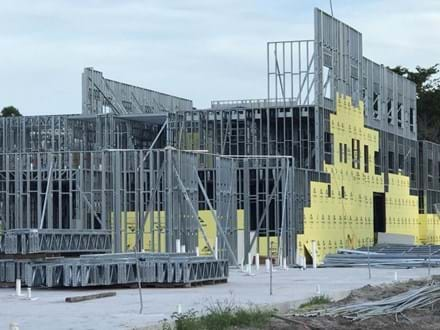
The partnership between FRAMECAD and Intellisteel is poised to disrupt the construction industry in the U.S. for years to come.
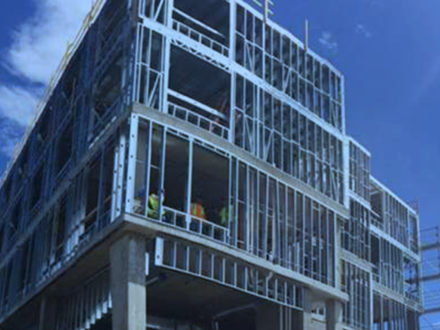
Chapter 3 of “The endless possibilities of CFS applications” looks closely at CFS applications and methodologies in residential and non-residential sectors.
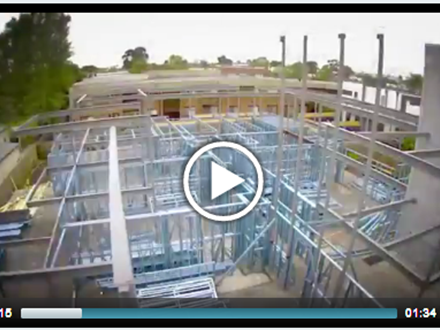
Discover Dynamic Steel Frame latest project, the largest light-gauge steel (LGS) three storey apartment building in Australia.
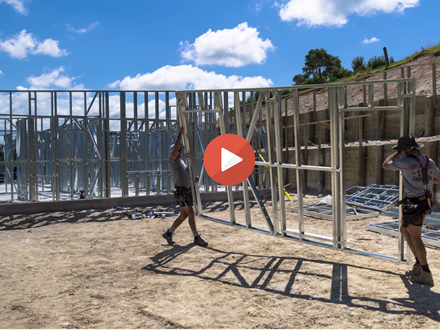
Watch the rapid assembly and construction of a cold formed steel single dwelling residential home using the FRAMECAD System